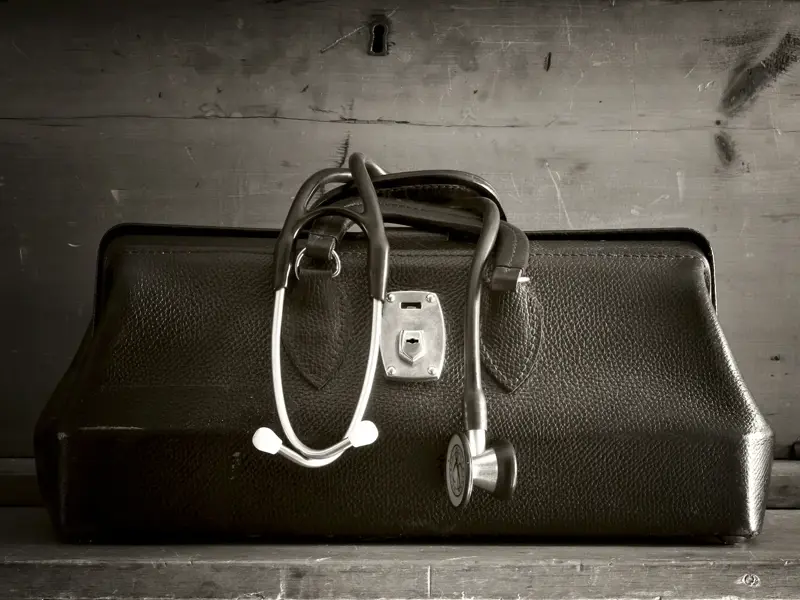Medcast news and blog
Making the most of your 3-minute reading time
In all OSCE cases, you have three minutes of reading time. One of the tricks of success is optimising that three minutes.
READ ON
It may seem melodramatic to compare a tricky OSCE station to a plane crash, but stay with me for a moment.

The best way to prepare for the OSCE is to view every patient you see between now and then as an opportunity. Then, keep the following practical tips front of mind for every patient you see … practice makes perfect.

Completing the OSCE is a race against the clock. With eight minutes to complete a short case, and nineteen minutes to complete a long, you need to think clearly and quickly - the last thing you want is to hear the bell ring when you’re just getting started!

As an examiner, one of the most disappointing things I find about candidates’ preparation for the OSCE is their inability to do a good physical examination on a patient.

Reaching the summit of the medical ‘evidence mountain’ can often seem like too much hard yakka. It is much easier to assume that the guidebook is informed by good quality evidence but, how can we know for sure?

Quick tips on OSCE technique.

In the weeks leading up to the OSCE, the question of how to dress for your exam is sure to pop up. However, your appearance is so much more than what you wear on the day.

Wouldn’t it be luxurious in General Practice to have three minutes to consider what the patient is likely to present with, and to consider and document a safe plan for proceeding with the consultation?

You are mid OSCE station and you’ve hit a roadblock. Not sure what to ask next, where to go, where you have gone wrong? You have no idea what the diagnosis is and are getting poker faces from the examiners. What do you do next?
